Home>Maintenance & Safety>Pest Control Solutions>How Far Do Yellow Jackets Travel From Their Nest
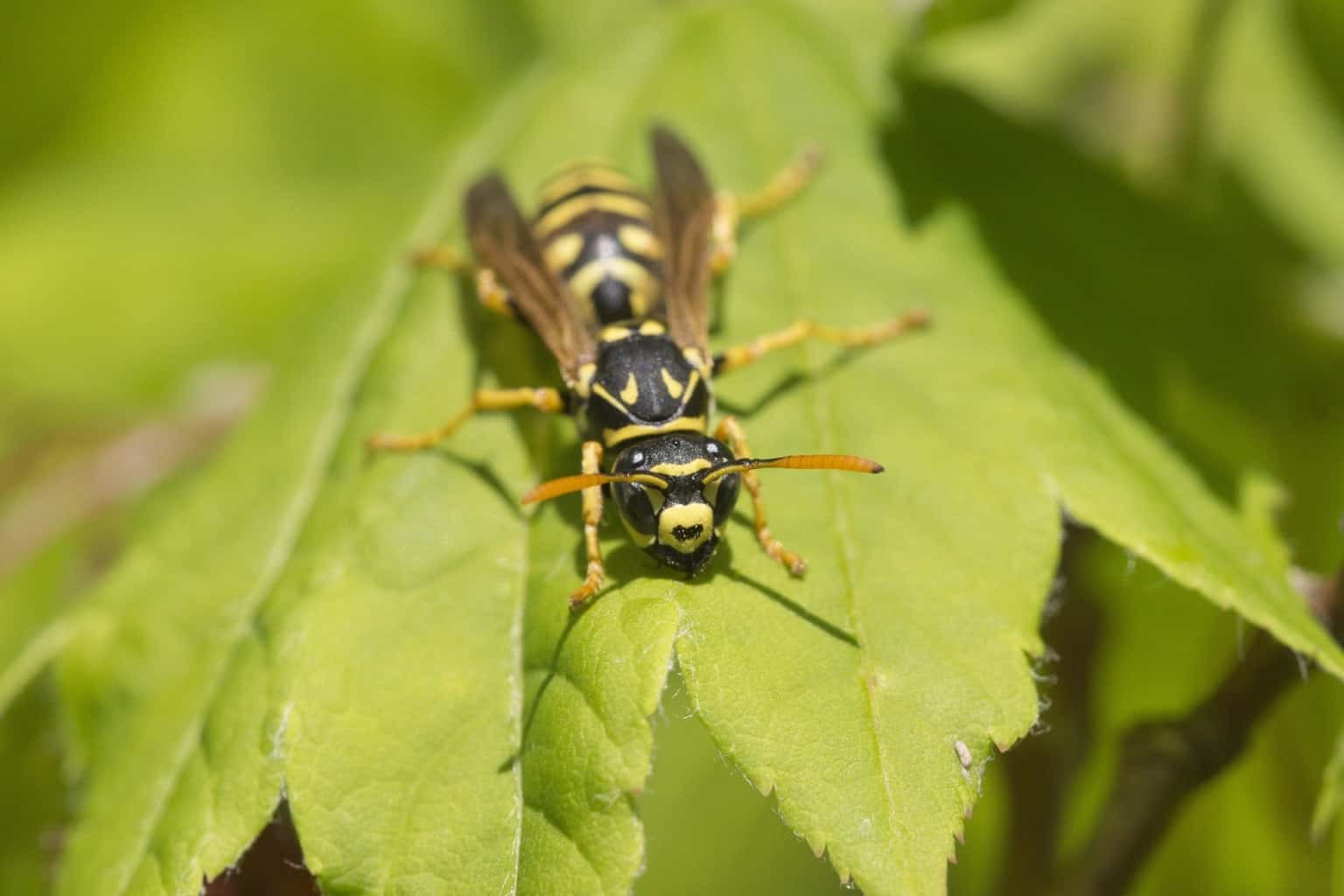

Pest Control Solutions
How Far Do Yellow Jackets Travel From Their Nest
Modified: March 2, 2024
Looking for pest control solutions? Discover how far yellow jackets travel from their nest and find effective ways to keep them at bay. Learn more now!
(Many of the links in this article redirect to a specific reviewed product. Your purchase of these products through affiliate links helps to generate commission for Storables.com, at no extra cost. Learn more)
Introduction
Yellow jackets are a common sight during the warmer months, buzzing around picnics, outdoor events, and even our own backyards. These aggressive insects are known for their painful stings and can be a nuisance to anyone who crosses their path. Understanding their nesting behavior and foraging range is crucial for effective pest control and minimizing encounters with these stinging insects.
Yellow jackets belong to the Vespula and Dolichovespula genera and are a type of predatory wasp. They are social insects, living in colonies with a queen, workers, and males. The colonies are typically established in underground burrows, but they can also be found in hollow trees, wall voids, and other protected spaces. The nests are constructed from a papery material made from chewed wood fibers mixed with saliva, giving them a characteristic grayish appearance.
As the summer progresses, yellow jacket colonies grow rapidly, with the potential to house hundreds or even thousands of individuals. This population explosion coincides with an increase in foraging activity as the workers search for food to sustain the growing colony. Understanding the foraging range of yellow jackets is essential for managing their presence and minimizing the risk of stings to humans and pets.
In this article, we will delve into the nesting behavior of yellow jackets, explore the factors that influence their foraging range, and provide insights into how far these insects are willing to travel from their nests in search of food. By gaining a deeper understanding of yellow jacket behavior, we can implement effective strategies to mitigate their impact and ensure a safer outdoor experience for everyone.
Key Takeaways:
- Yellow jackets can travel up to 1,000 feet from their nests in search of food, so it’s important to minimize attractants and potential food sources to reduce encounters with these stinging insects.
- Factors like food availability, colony size, and environmental conditions influence how far yellow jackets forage, highlighting the need for proactive pest management strategies to coexist safely with these industrious insects.
Read more: How To Prevent Yellow Jackets From Nesting
Yellow Jacket Nesting Behavior
Yellow jackets are renowned for their intricate nesting behavior, which plays a pivotal role in their survival and proliferation. These social insects exhibit a remarkable level of organization and cooperation within their colonies, with each member fulfilling specific roles to ensure the overall success of the nest.
The nesting process typically begins in the spring when a fertilized queen emerges from hibernation and seeks out a suitable location to establish her colony. This initial phase is crucial, as the queen must carefully select a site that offers protection from the elements and potential predators. Common nesting sites include underground burrows, hollow trees, wall voids, and even human-made structures such as attics or sheds.
Once the queen has identified a suitable location, she sets about constructing the initial framework of the nest. Using chewed wood fibers mixed with saliva, she meticulously builds a small paper-like structure to serve as the foundation for the developing colony. This early stage of nest construction is a solitary endeavor, with the queen dedicating her efforts to laying eggs and nurturing the first generation of worker yellow jackets.
As the first cohort of workers emerges, the nest's activity intensifies, with the newly matured individuals assuming responsibility for expanding and fortifying the structure. The nest undergoes rapid growth during this phase, with the workers diligently adding layers of papery material to accommodate the increasing population. The result is a complex, multi-chambered nest that provides shelter for the queen, her offspring, and the worker caste.
The interior of the nest is meticulously organized, with distinct areas designated for egg-laying, food storage, and pupal development. The queen maintains her central role as the reproductive powerhouse of the colony, continuously laying eggs to sustain and bolster the population. Meanwhile, the workers tirelessly forage for food, defend the nest against potential threats, and care for the developing brood.
The nesting behavior of yellow jackets is a testament to the remarkable efficiency and coordination exhibited by these social insects. Their ability to construct elaborate nests, allocate tasks among colony members, and adapt to changing environmental conditions underscores their resilience and adaptability. Understanding the intricacies of yellow jacket nesting behavior is essential for implementing targeted pest control strategies and minimizing potential conflicts with these industrious insects.
Foraging Range of Yellow Jackets
Yellow jackets are highly efficient foragers, constantly scouring their surrounding environment in search of food to sustain their colonies. The foraging range of yellow jackets, which refers to the distance they are willing to travel from their nests in pursuit of sustenance, is a fascinating aspect of their behavior. Understanding the extent of their foraging activities is crucial for implementing targeted pest management strategies and minimizing potential encounters with these stinging insects.
Yellow jackets typically forage within a radius of 1,000 feet from their nests, although individual workers have been known to venture even farther in search of food. This expansive foraging range allows them to exploit a wide variety of food sources, ranging from floral nectar and tree sap to scavenged protein from insects, carrion, and human food sources. Their adaptability and opportunistic feeding behavior enable them to thrive in diverse environments, from urban settings to rural landscapes.
The foraging process begins with worker yellow jackets scouring their immediate surroundings for potential food sources. They are drawn to sweet substances such as nectar, fruit juices, and sugary drinks, as well as protein-rich sources including insects, meat, and discarded human food. Once a food source is located, the foraging workers communicate its location to their nestmates using chemical signals, allowing other workers to join in the exploitation of the resource.
The foraging range of yellow jackets is influenced by various factors, including the availability of food, environmental conditions, and the overall health and size of the colony. During periods of scarcity, such as late summer and early fall, yellow jackets may extend their foraging range in a desperate quest for sustenance. Additionally, environmental factors such as temperature, wind speed, and the presence of competing insect species can impact their foraging behavior.
Understanding the foraging range of yellow jackets provides valuable insights into their ecological impact and potential interactions with humans. By recognizing the distances over which these insects operate, pest control professionals and homeowners can implement targeted measures to minimize attractants, reduce potential food sources, and employ strategic deterrents to mitigate the risk of yellow jacket encounters.
The foraging range of yellow jackets underscores their adaptability and resourcefulness, highlighting the need for proactive pest management strategies to mitigate their impact on human activities and outdoor gatherings. By gaining a deeper understanding of their foraging behavior, we can develop effective approaches to coexist with these industrious insects while minimizing the risk of stings and disruptions to outdoor activities.
Factors Affecting Yellow Jacket Foraging Distance
The foraging distance of yellow jackets, the extent to which they travel from their nests in search of food, is influenced by a myriad of factors that shape their foraging behavior and ecological impact. Understanding these factors is crucial for implementing targeted pest management strategies and minimizing potential interactions with these stinging insects.
1. Food Availability
The availability of food sources in the vicinity of yellow jacket nests plays a significant role in determining their foraging distance. Abundant and easily accessible food, such as floral nectar, fruit juices, and protein-rich sources, can limit the need for yellow jackets to venture far from their nests. Conversely, scarcity of food may drive them to extend their foraging range in search of sustenance, potentially bringing them into closer proximity to human activities and food sources.
Read more: Where Do Yellow Jackets Make Their Nest
2. Colony Size and Health
The size and overall health of a yellow jacket colony can impact the foraging distance of its members. Larger colonies with a substantial workforce of foraging workers may cover a wider foraging range compared to smaller colonies. Additionally, the vitality of the colony, influenced by factors such as the availability of resources and the presence of competing insect species, can influence the extent to which yellow jackets venture in search of food.
3. Environmental Conditions
Environmental factors, including temperature, wind speed, and precipitation, can influence the foraging behavior of yellow jackets. Warmer temperatures and calm weather conditions are conducive to extended foraging activities, allowing yellow jackets to cover greater distances in search of food. Conversely, adverse weather conditions may restrict their foraging range, compelling them to focus on nearby food sources.
4. Seasonal Variation
The foraging distance of yellow jackets can exhibit seasonal variation, with factors such as the availability of natural food sources, the reproductive stage of the colony, and the onset of colder weather influencing their foraging behavior. During periods of scarcity, such as late summer and early fall, yellow jackets may extend their foraging range in a quest for sustenance before the onset of winter.
5. Competition and Predation
The presence of competing insect species and potential predators in the vicinity of yellow jacket nests can impact their foraging behavior. Competition for food sources and the risk of predation may influence the distances over which yellow jackets forage, as they navigate their environment while balancing the need for sustenance with potential risks.
Understanding the intricate interplay of these factors provides valuable insights into the foraging behavior of yellow jackets and their potential interactions with human activities. By recognizing the dynamic nature of their foraging distance and the factors that shape it, pest control professionals and homeowners can implement targeted measures to minimize attractants, reduce potential food sources, and employ strategic deterrents to mitigate the risk of yellow jacket encounters.
Read more: How Many Yellow Jackets In A Nest
Conclusion
In conclusion, the nesting behavior and foraging range of yellow jackets offer a fascinating glimpse into the intricate dynamics of these industrious insects. From the meticulous construction of their papery nests to the extensive distances they cover in search of food, yellow jackets exhibit remarkable adaptability and resourcefulness in their quest for survival and colony expansion.
By gaining a deeper understanding of yellow jacket nesting behavior, we can appreciate the complexity of their social structure and the vital roles played by the queen, workers, and males within the colony. The collaborative efforts of these individuals culminate in the construction of elaborate nests that serve as hubs of activity, housing the developing brood and sustaining the population through the foraging efforts of the worker caste.
The foraging range of yellow jackets, spanning up to 1,000 feet from their nests, underscores their ability to exploit diverse food sources and adapt to changing environmental conditions. Factors such as food availability, colony size and health, environmental conditions, seasonal variation, and competition and predation influence the distances over which yellow jackets forage, shaping their ecological impact and potential interactions with humans.
Understanding these factors is essential for implementing targeted pest management strategies that minimize the risk of yellow jacket encounters and disruptions to outdoor activities. By recognizing the dynamic nature of their foraging behavior and the factors that shape it, pest control professionals and homeowners can employ proactive measures to reduce attractants, limit potential food sources, and deter yellow jackets from high-traffic areas.
Ultimately, the coexistence of humans and yellow jackets hinges on a nuanced understanding of their nesting behavior and foraging range. By leveraging this knowledge to implement effective pest control strategies, we can mitigate the impact of these stinging insects and ensure a safer outdoor experience for everyone.
In essence, the world of yellow jackets is a testament to the intricate balance of nature, where their nesting behavior and foraging range intertwine with human activities, presenting opportunities for coexistence through informed and proactive pest management practices.
Frequently Asked Questions about How Far Do Yellow Jackets Travel From Their Nest
Was this page helpful?
At Storables.com, we guarantee accurate and reliable information. Our content, validated by Expert Board Contributors, is crafted following stringent Editorial Policies. We're committed to providing you with well-researched, expert-backed insights for all your informational needs.
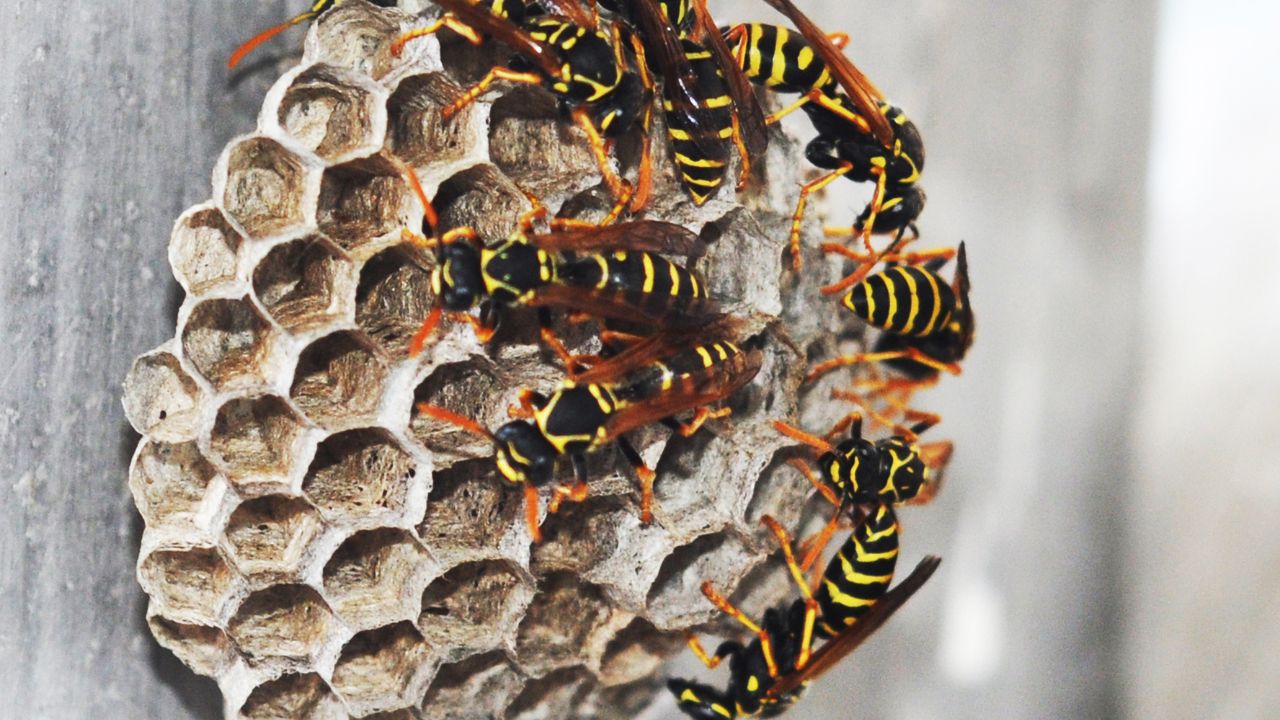
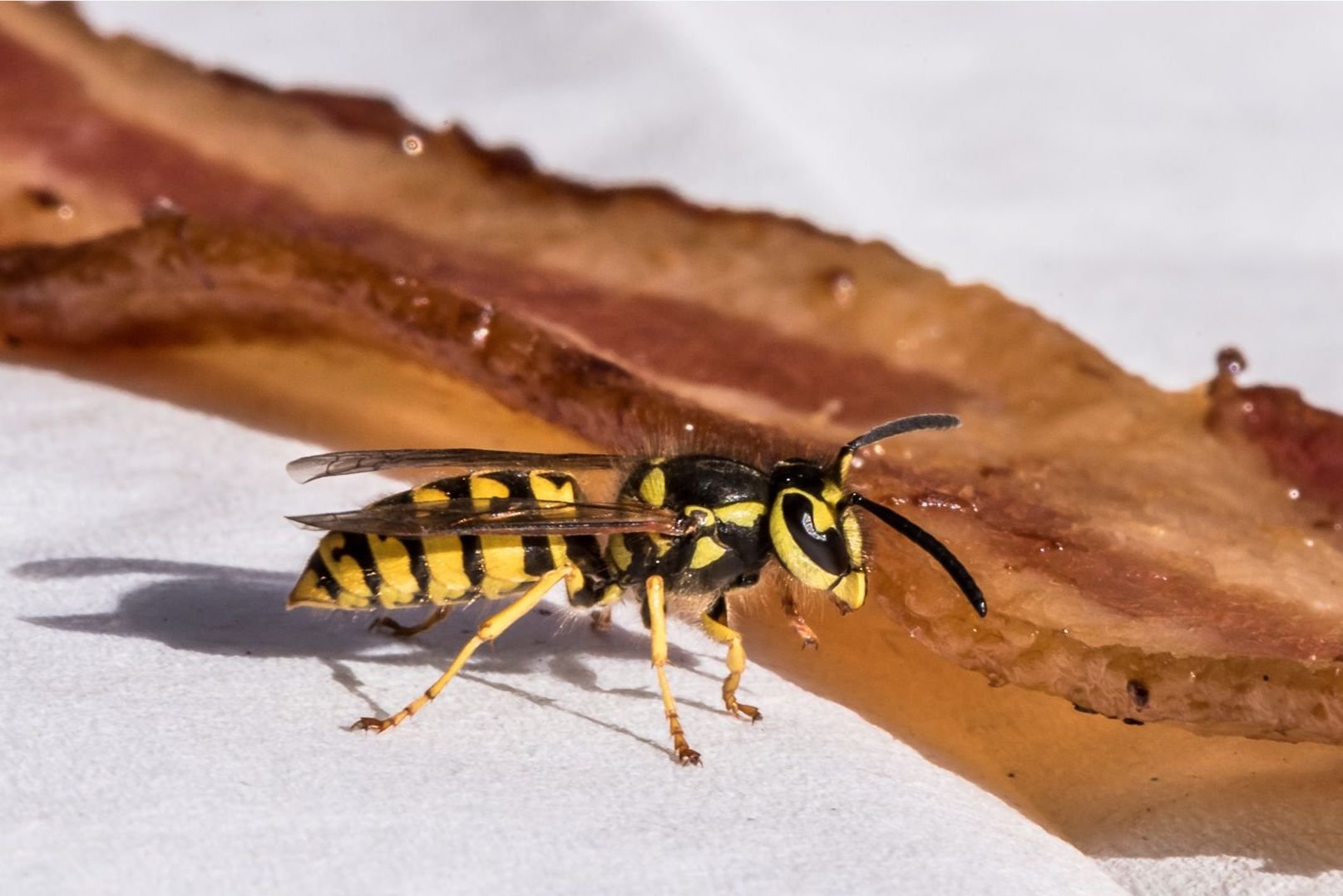
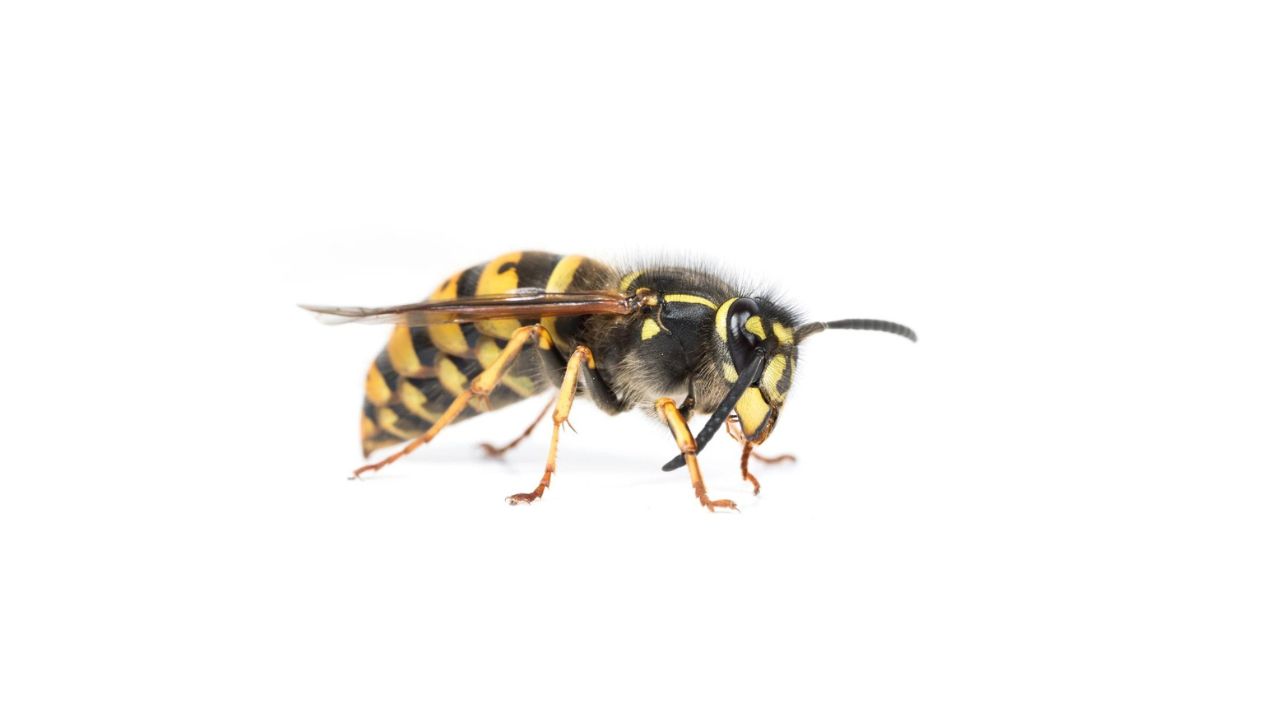
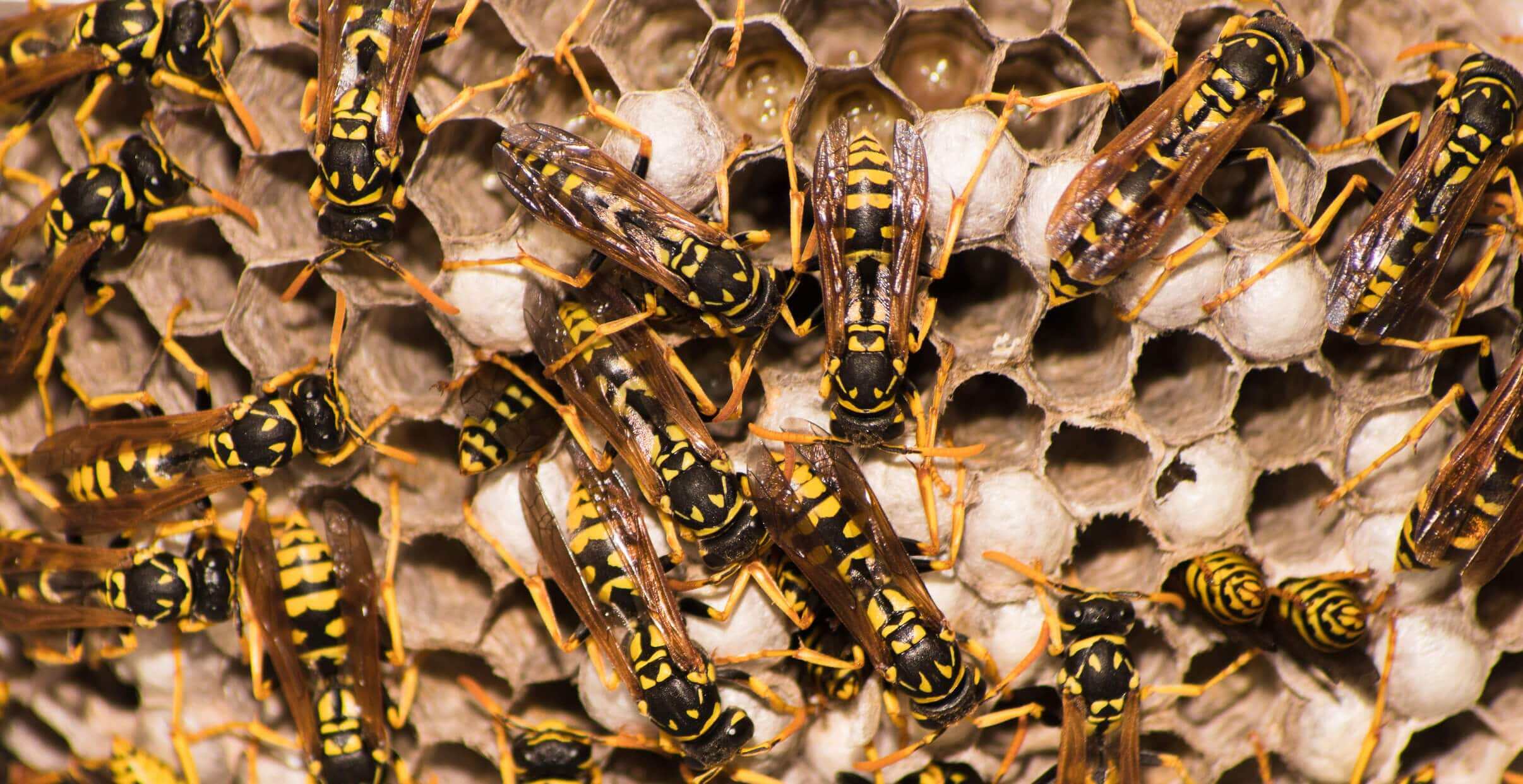
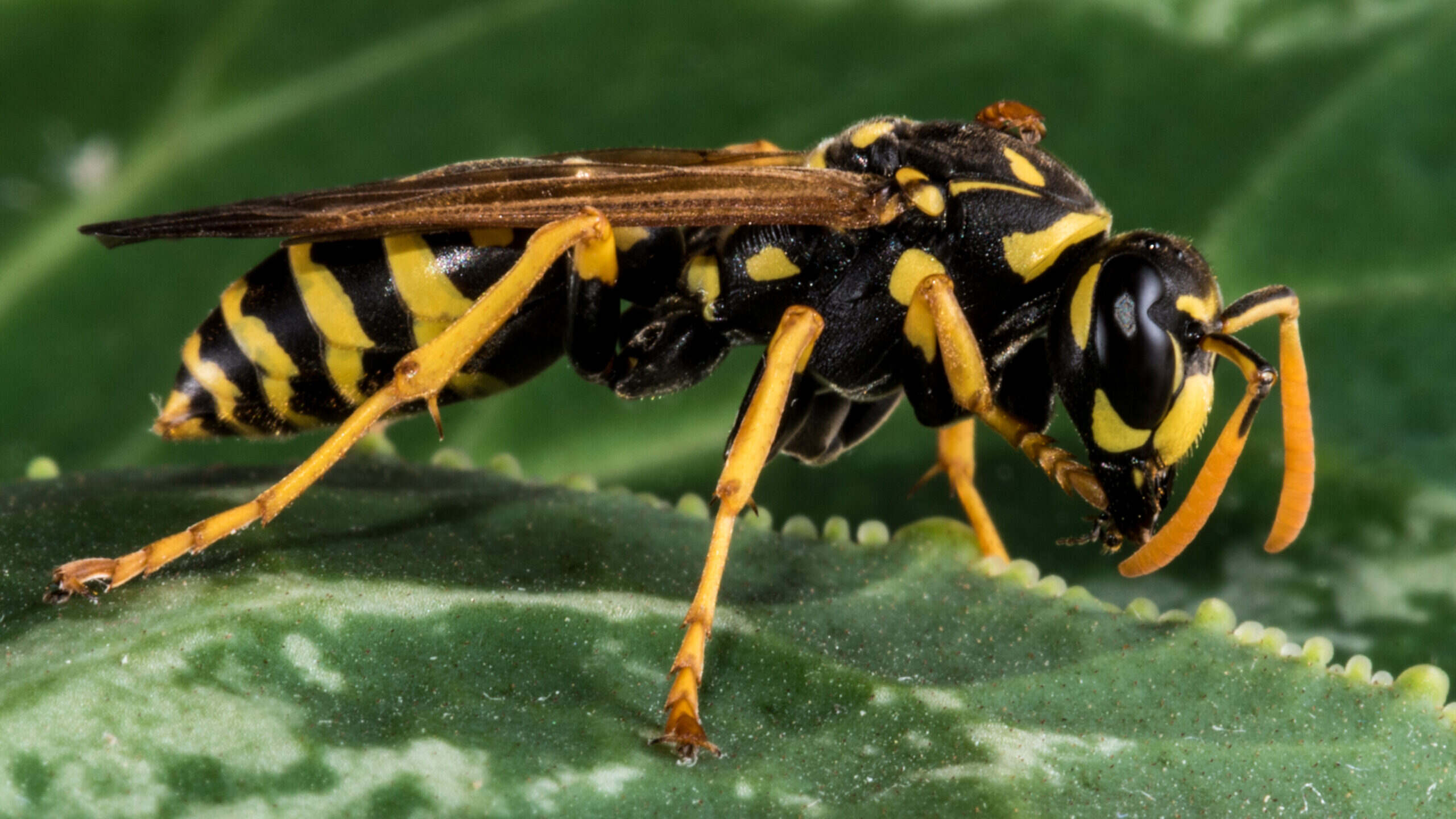
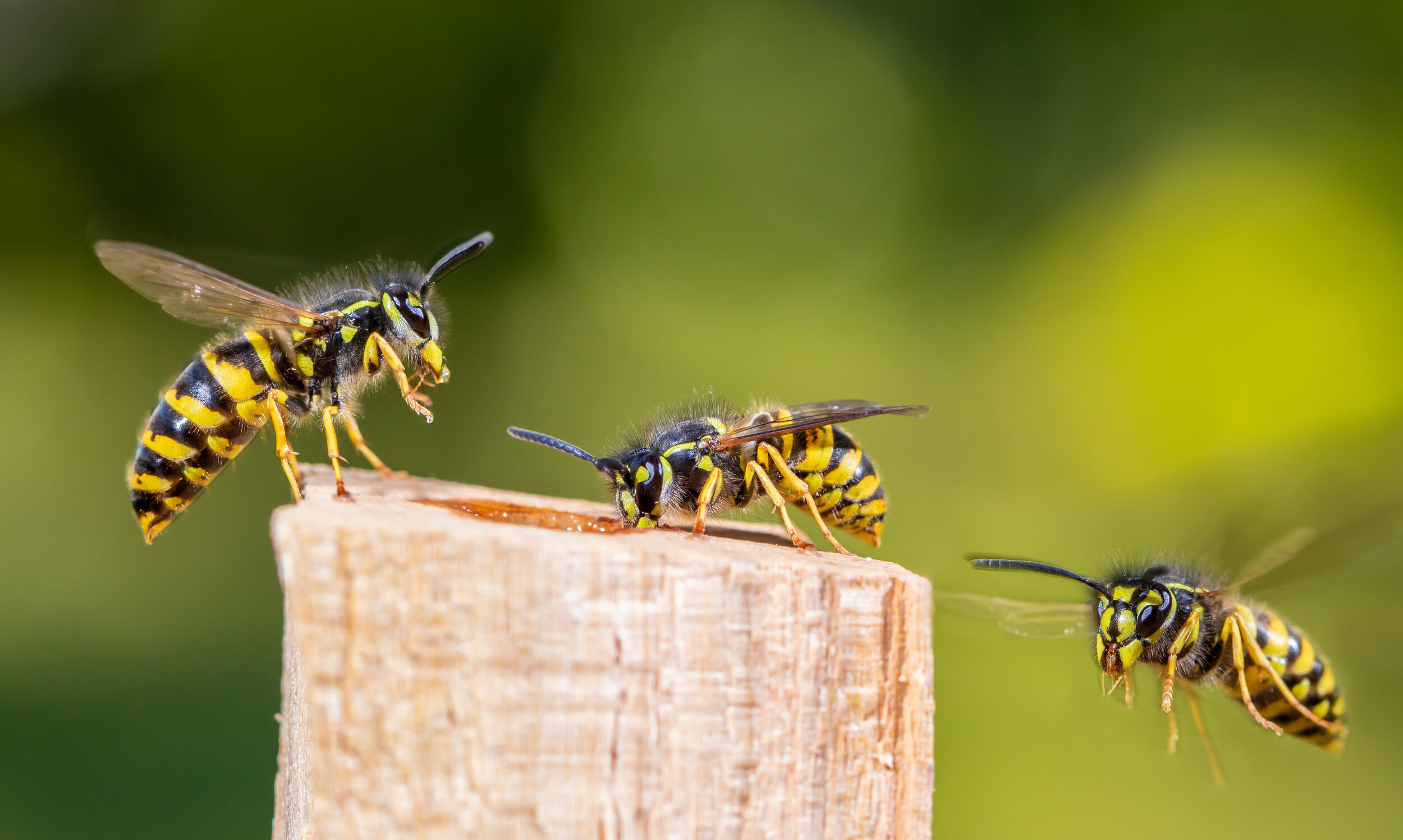
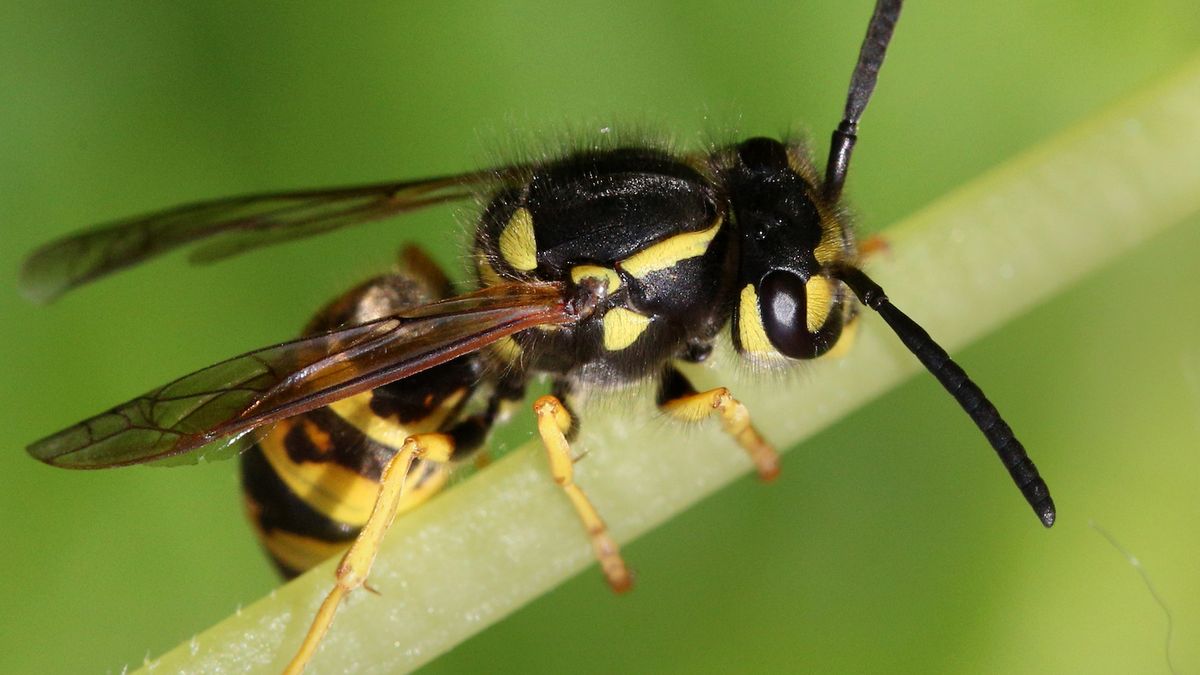
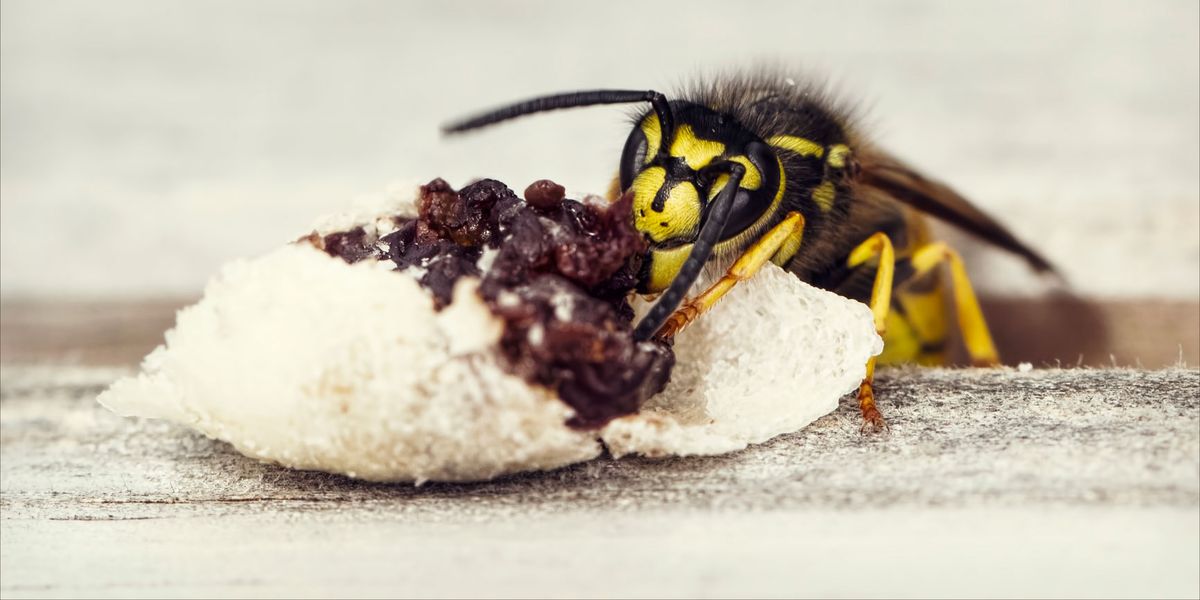
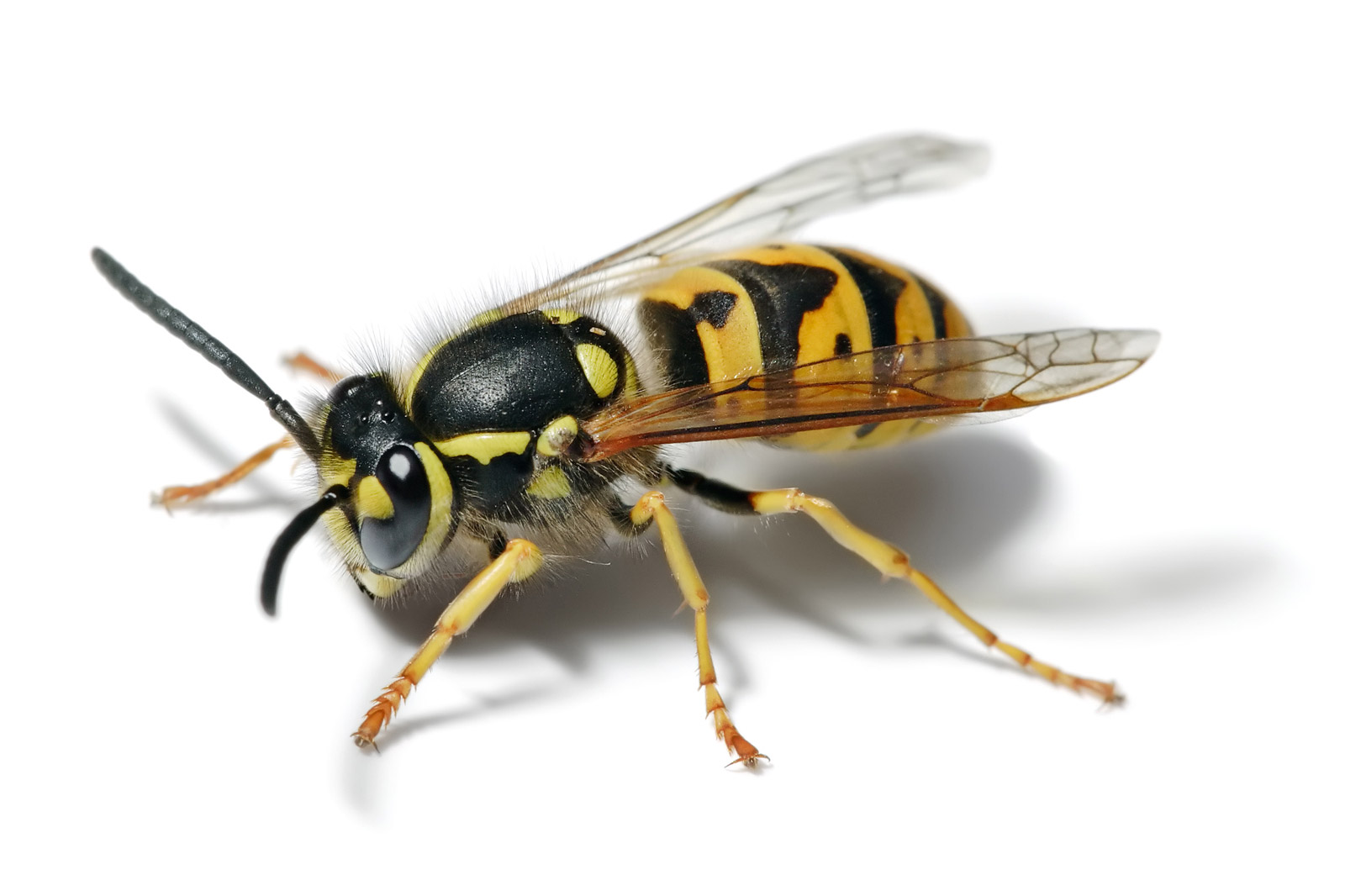
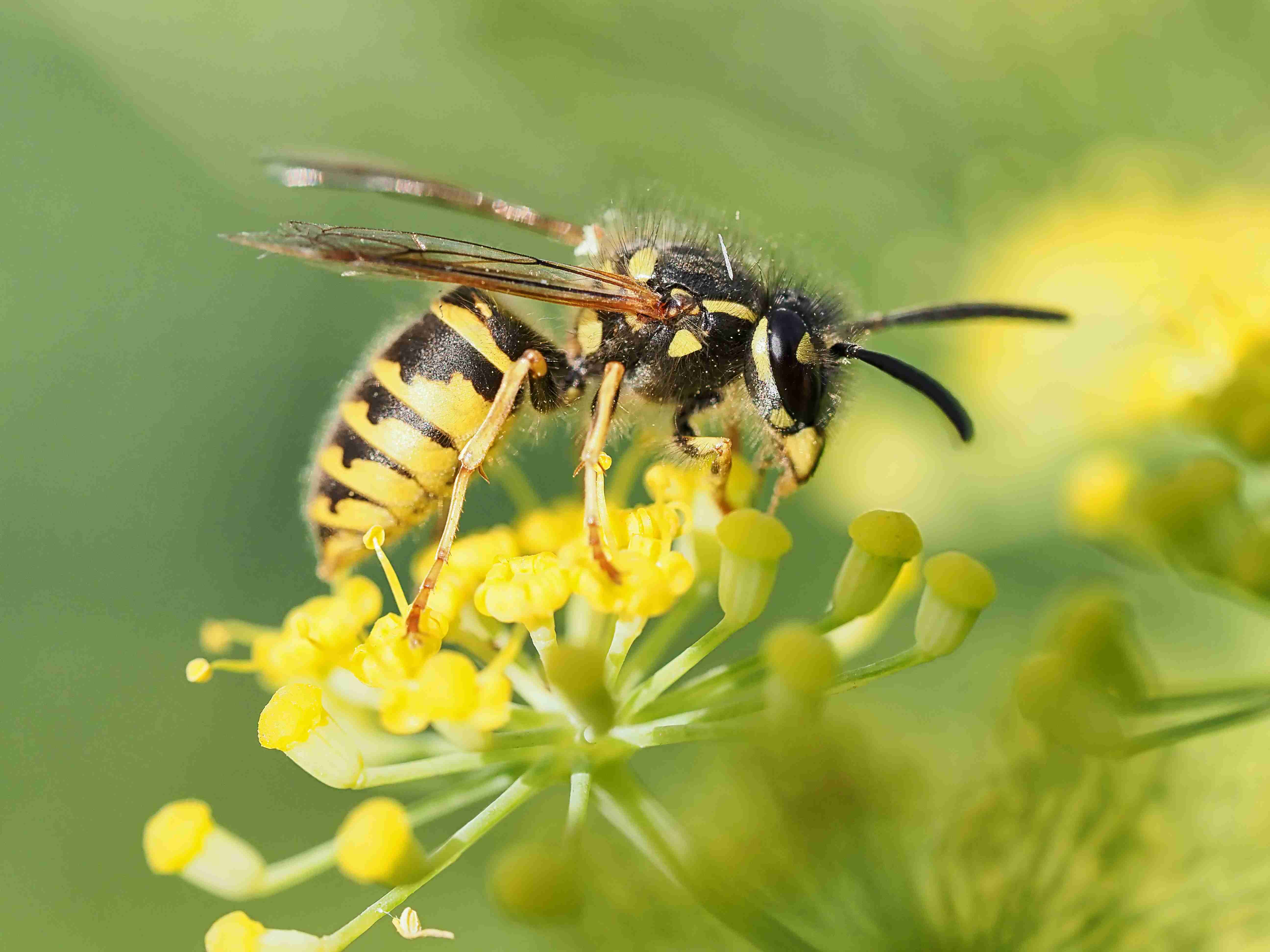
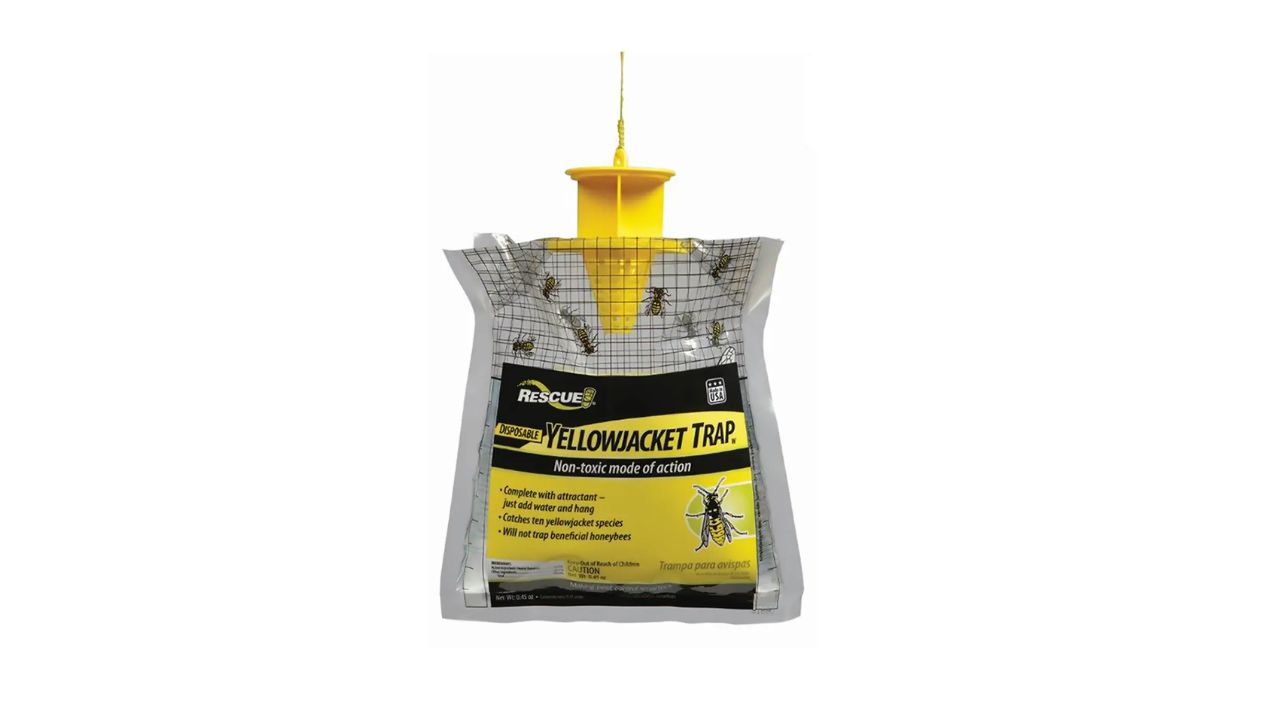
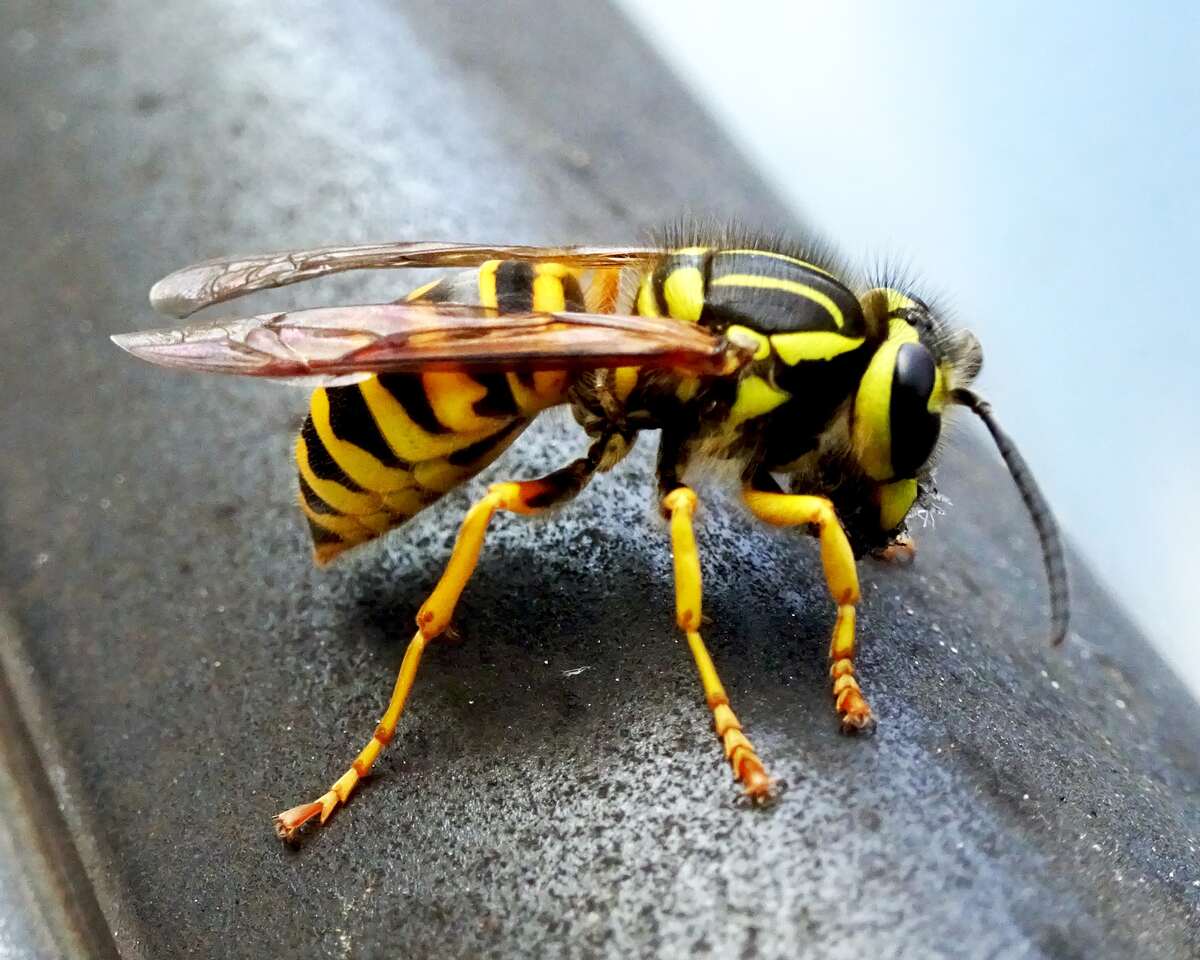
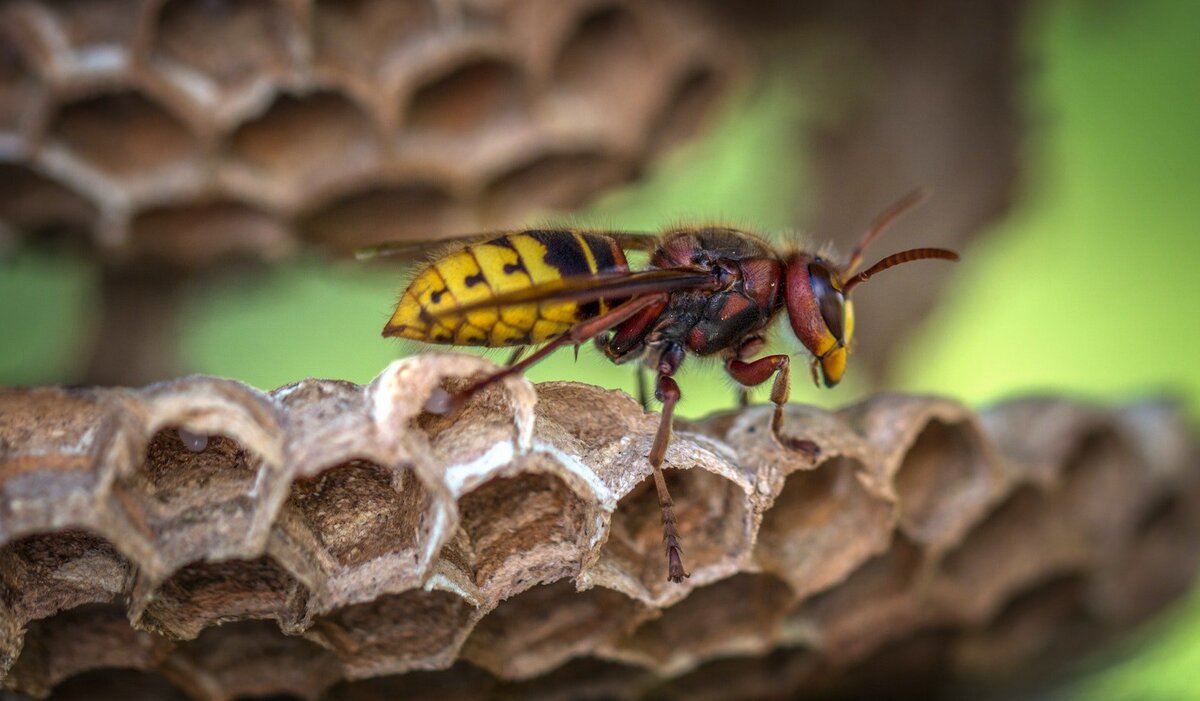

0 thoughts on “How Far Do Yellow Jackets Travel From Their Nest”